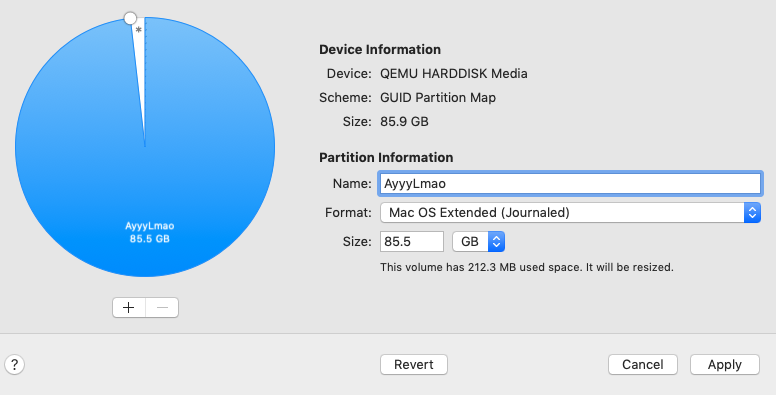
Then send monitor commands over TCP with, say, netcat: echo "info version" | nc 127.0.0.1 55555Įcho "system_powerdown" | nc 127.0.0. A graphical menu should now pop up in the terminal. make menuconfig Tweak options & save the config to default name If you are later going to run with QEMU, make sure to read the paragraphs below. monitor tcp:127.0.0.1:55555,server,nowait To compile the custom kernel, produce the config file by: cd linux-v.x.y The root folder of the Linux source. To send the monitor to TCP: qemu-system-x86_64 \ Then issue monitor commands directly: info version Wait a few minutes for the system to boot, then connect via SSH: ssh -p 2200 send the monitor to your terminal: qemu-system-x86_64 \ To run headless, boot with -vnc set to none: qemu-system-x86_64 \ Start the image, with no VNC server, and connect its port 22 to your host's port 2200: qemu-system-x86_64 \Ĭonnect to it from another terminal: ssh -p 2200 example: ssh -p 2200 a snapshot of the image: qemu-img create \

iso file It sounds basic but its not clear to me from the Qemu website. After downloading and unpacking Qemu on my usb stick, if I click on qemu.io.exe, I get qemu-io.exe> How do I start my downloaded linux.


This will open a graphical window where you can install the OS off the ISO. 21 I am trying to use Qemu 1.3 for windows to run lubuntu on a USB stick with Windows 7. Install the ISO onto the virtual disk: qemu-system-x86_64 \ Creating and booting an imageĭownload an OS ISO, e.g., the netinstall Debian 9.7 ISO: wget Ĭreate a virtual disk: qemu-img create -f raw -o size=5G debian.9.7.netinst.img Some quick tips for using QEMU from the command line (on macOS, but should work on Linux too).


 0 kommentar(er)
0 kommentar(er)
